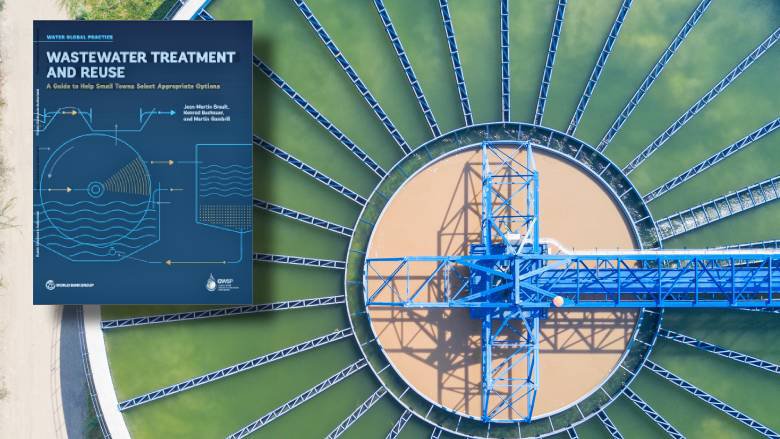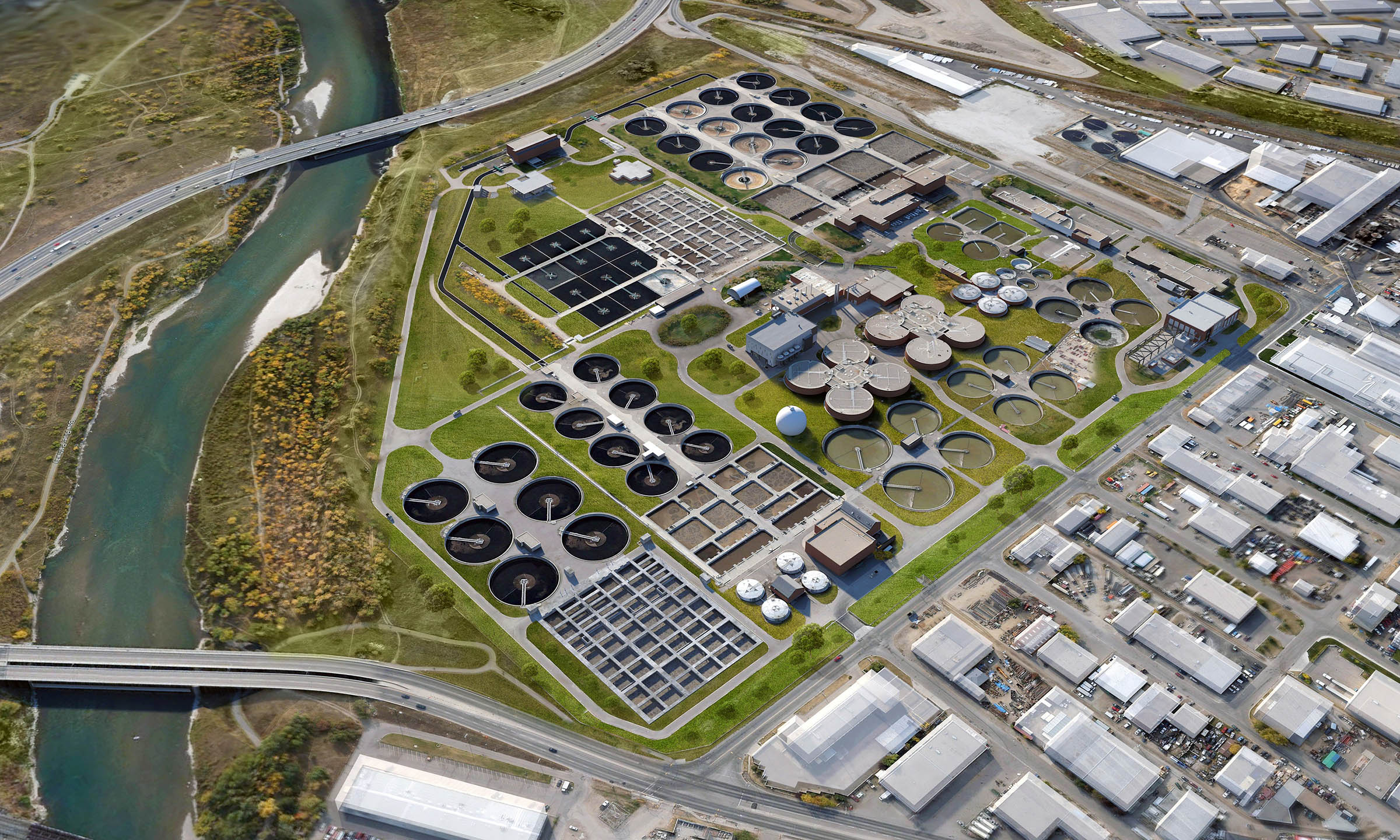Effective Waste Water Treatment Systems: Key Methods and Benefits
Wiki Article
Strategic Approaches to Boost Waste Water Therapy Performance and Lessen Ecological Effect
In the world of drainage therapy, the mission for boosted efficiency and reduced environmental impact is a continuous difficulty that requires tactical services. As culture grapples with the vital to take care of water sources sustainably, a nuanced approach comes to be necessary. The assimilation of advanced treatment innovations, energy-efficient procedures, resource recuperation methods, improved nutrient elimination methods, and wise monitoring and control systems represents a diverse structure for resolving these pressing issues. Nonetheless, what lies at the core of this complex web of approaches is the possible to revolutionize the way we approach drainage therapy, not just as a procedure of disposal, yet as a useful chance for innovation and ecological stewardship.Advanced Treatment Technologies
Innovative membrane layer filtering systems have revolutionized innovative wastewater treatment procedures, significantly boosting the removal of pollutants. These innovative systems function by compeling water through a semi-permeable membrane, properly separating contaminations from the water stream. The membrane layer's tiny pores trap contaminants such as germs, infections, and put on hold solids, allowing just detoxified water to travel through. This modern technology has actually proven to be very effective in getting rid of a large range of impurities, including pharmaceuticals, heavy metals, and organic compounds, which are often challenging to get rid of via conventional treatment techniques.In addition, membrane layer purification systems supply countless benefits over standard therapy techniques. They need less space, produce higher-quality effluent, and are more immune to variations in influent water high quality. Additionally, these systems are extremely versatile and can be easily incorporated right into existing treatment plants or used as standalone units for decentralized applications. As the need for tidy water continues to rise, the fostering of innovative membrane filtration technologies is important to guarantee lasting and efficient wastewater therapy methods.
Energy-Efficient Procedures
The assimilation of energy-efficient processes in wastewater therapy systems is critical for maximizing resource use and lowering functional prices. By implementing energy-efficient innovations, therapy plants can substantially lower their carbon impact and general environmental influence. One crucial method to enhancing power efficiency in wastewater therapy is the utilization of sophisticated oygenation systems, such as fine bubble diffusers or surface area aerators, which can boost oxygen transfer efficiency and minimize power consumption. Additionally, including energy healing systems, like anaerobic food digestion for biogas production or making use of excess heat for thermal processes, can assist balance out power demands and advertise sustainability.Moreover, enhancing procedure control and automation via making use of innovative sensing units and keeping track of systems can enhance general energy performance by adjusting procedures in real-time based upon actual demand and problems. Carrying out power audits and consistently keeping an eye on energy efficiency indications are crucial techniques to recognize locations for enhancement and track energy-saving campaigns successfully. Generally, the adoption of energy-efficient processes in wastewater treatment not just profits the setting however also contributes to long-term price financial savings and functional sustainability.
Resource Recovery Approaches
With a focus on optimizing source application and sustainability in wastewater therapy systems, the application of source recuperation methods becomes a pivotal facet in improving functional performance. Resource recuperation methods in wastewater treatment entail the recognition and removal of important sources from the waste stream, consequently turning what was when taken into consideration waste into a valuable property. By executing source recovery strategies such as nutrient removal and recuperation, energy generation from natural issue, and the manufacturing of reusable water, wastewater therapy plants can minimize ecological impact while making the most of effectiveness.
Improved Nutrient Removal Strategies
Implementing sophisticated nutrient removal strategies is essential for optimizing the performance of wastewater treatment systems. Improved nutrient elimination plays a critical function in minimizing the environmental effect of treated effluent discharged right into water bodies. One of the essential methods utilized for enhanced nutrient elimination is the procedure of biological nutrient elimination (BNR), which involves the elimination of nitrogen and phosphorus through organic processes. This can be achieved via using specialized microbes that can transform nitrogen substances into inert nitrogen gas with denitrification, and build up phosphorus within their cells with a procedure called improved biological phosphorus elimination (EBPR)
Along with BNR, advanced treatment approaches such as membrane bioreactors (MBRs) and built marshes can likewise be used to enhance nutrient removal effectiveness. MBRs make use of membrane layers to accomplish high-quality effluent requirements by properly removing nutrients and suspended solids. Constructed marshes resemble natural marsh procedures to remove nutrients with plant uptake, microbial task, and sedimentation. By incorporating these advanced nutrient removal methods right into wastewater therapy systems, markets and towns can successfully decrease nutrient contamination and protect the atmosphere.
Smart Monitoring and Control Equipment
Using sophisticated modern technology, the assimilation of wise monitoring and control systems revolutionizes the operational efficiency of wastewater therapy facilities. These systems incorporate innovative sensors and information analytics to continually check crucial parameters such as pH degrees, turbidity, dissolved oxygen, and circulation prices in real-time. By more information gathering and evaluating this data, drivers can acquire valuable understandings right into the performance of the therapy processes, making it possible for aggressive changes to maximize treatment performance.Smart tracking and control systems likewise support remote surveillance abilities, allowing operators to accessibility real-time information and control features from off-site places. This remote accessibility improves functional adaptability and responsiveness, making it possible for speedy interventions in instance of system malfunctions or variations in influent quality. The predictive maintenance capacities of these systems aid avoid devices failings and minimize downtime, eventually enhancing the total reliability of wastewater find this therapy operations.
Final Thought
To conclude, strategic methods such as sophisticated therapy technologies, energy-efficient processes, resource healing approaches, boosted nutrient removal techniques, and wise surveillance and control systems play an important function in improving wastewater therapy performance and lessening ecological influence. By implementing these techniques, wastewater therapy plants can boost their overall performance, decrease energy consumption, recover important resources, and ensure compliance with environmental policies. These techniques are crucial for lasting and efficient wastewater monitoring techniques.
In verdict, tactical approaches such as innovative treatment innovations, energy-efficient procedures, resource recovery approaches, enhanced nutrient elimination strategies, and smart surveillance and control systems play a crucial function in boosting wastewater treatment effectiveness and decreasing environmental effect.
Report this wiki page